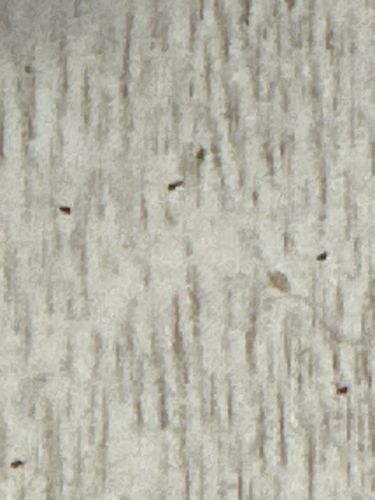Thrips
Scientific Name: Thysanoptera
Order & Family: Order: Thysanoptera
Size: 0.5 to 5 mm, but most species are 1-2 mm long.

Natural Habitat
Found on a wide variety of plants, including flowers, leaves, and fruits. They often come indoors, blown by wind, and are commonly found on windowsills, screens, and light-colored surfaces.
Diet & Feeding
Most species are herbivores, feeding on plant sap by piercing plant cells and sucking out the contents. Some feed on fungal spores or pollen, and a minority are predators of other small insects and mites.
Behavior Patterns
Thrips are tiny, slender insects with fringed wings. They are weak fliers and are often carried long distances by the wind. They can reproduce rapidly, leading to large population outbreaks, particularly in warm weather. They are often called 'thunderbugs' or 'thunderflies' because they tend to swarm during hot, humid, or thundery weather.
Risks & Benefits
Risks: Considered major pests in agriculture and gardens, as their feeding can cause discoloration (stippling), deformities in leaves and flowers, and transmit plant viruses. They do not bite to feed on blood, but can land on people and occasionally prick the skin, causing minor irritation. Benefits: Some species are beneficial predators of other pests, such as mites and small insects.
Identified on: 11/16/2025